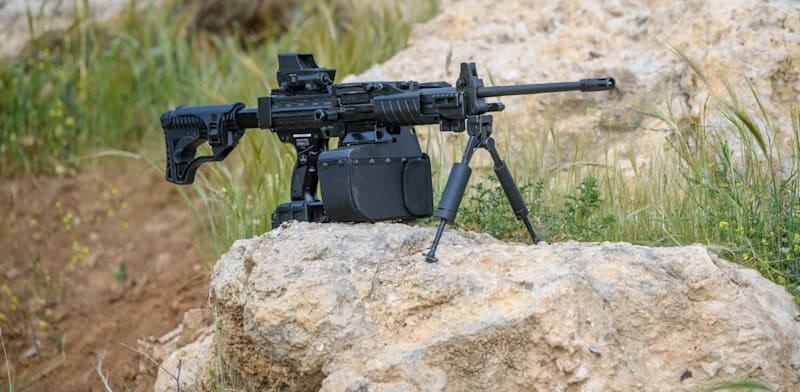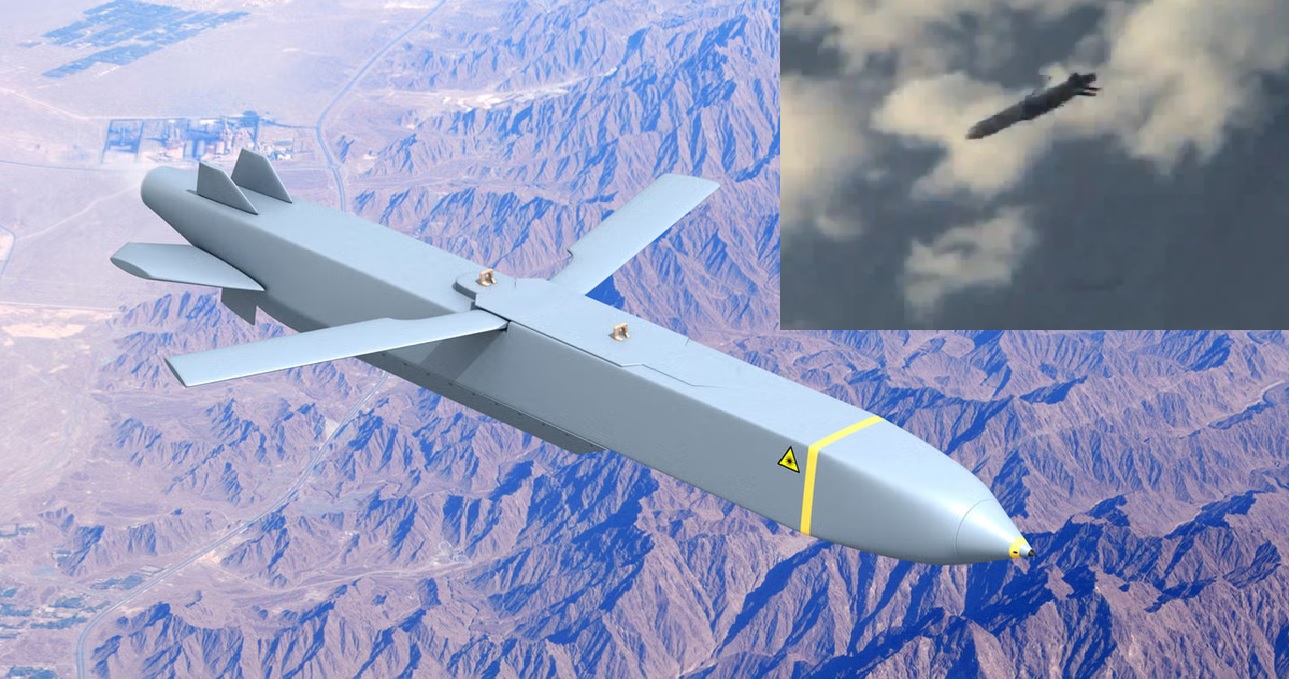Indian Army Identifies 135 Collaboration Areas for Defense Innovation, Expands R&D in Modern Warfare Technologies

The Indian Army is driving a significant expansion in defense technology and research to meet the complex challenges faced across varied operational terrains. Northern Army Commander Lieutenant General M V Suchindra Kumar recently highlighted that the army has identified 135 specific areas where collaboration with the industry can bridge critical operational gaps. This proactive approach, which includes 93 research and development (R&D) projects at various stages of advancement, is part of a broader strategy to integrate cutting-edge technology into the armed forces.
The army's push for collaboration comes as it navigates multiple, challenging fronts in the Northern Command. This region, which spans the plains of Jammu to the high-altitude zones of eastern Ladakh, is seen as an invaluable testing ground for modern military equipment. The challenging conditions here provide defense companies and startups with real-world scenarios where they can evaluate and refine their technologies. With the Indian Army designating 2024 as the “year of technology absorption,” the stage is set for a rapid infusion of innovation aimed at boosting national security capabilities.
A major focus area for the army is the incorporation of disruptive technologies such as drones, counter-drone systems, artificial intelligence (AI), robotics, advanced communication systems, electronic warfare setups, and enhanced mobility solutions for personnel and vehicles. These technologies are crucial in modern warfare, where speed, agility, and precision are often deciding factors. For these projects, the Indian Army has engaged over 12,000 Micro, Small, and Medium Enterprises (MSMEs), involving nearly 500 industries with projects collectively worth close to Rs 2 lakh crore. These collaborations are not just technological; they are strategically vital for maintaining defense self-reliance.
To facilitate operations and ensure coordination at every level, five joint command and control centers have been established across the Northern Command. This infrastructure helps synchronize the army’s activities on the ground, especially in areas affected by cross-border challenges. By working closely with other security forces such as the Border Security Force (BSF) and Central Reserve Police Force (CRPF), the Indian Army ensures cohesive action against both terrorism and infiltration. Special training has also been extended to Village Defense Groups (VDGs), enhancing community-based security measures.
The Indian Army’s readiness to embrace indigenously developed weapons and equipment is also evident in the Northern Command’s theater. Defense companies are granted access to these high-altitude regions to better understand the unique operational demands faced by soldiers. Lt Gen Kumar noted that this exposure is essential for companies to build solutions that are not just innovative but also practical and durable in extreme conditions. The close interaction between defense forces and academia allows the army’s requirements to be clearly translated into technical specifications, making it easier for the industry to meet the needs of soldiers on the ground.
Furthermore, Operation Sadbhavana, a goodwill initiative in Kashmir, reflects the army's commitment to building trust and fostering stability among the local population. With 43 Army Goodwill Schools and educational programs that reach over 16,000 students, many from remote areas, the Indian Army is ensuring that quality education is accessible even in the most challenging regions. Nearly 1.6 lakh students have graduated from these schools, and many have successfully cleared competitive exams like the JEE, NEET, and UPSC. This educational focus helps address socio-economic issues in the region and strengthens the bond between the army and local communities.
With additional troops now deployed in violence-affected areas, the Indian Army is bolstering its capability to respond swiftly and effectively to emerging threats. New camps are being set up, and specialized operation groups have been reinforced to maintain high levels of readiness. The close cooperation between the army and other security forces enables a well-coordinated approach to security, ensuring that each force’s strengths are utilized effectively.
In conclusion, the Indian Army’s efforts in technological collaboration, coupled with community-centric initiatives like Operation Sadbhavana, mark a substantial shift towards a technologically advanced and socially engaged defense strategy. This comprehensive approach is helping the army stay ahead of modern warfare challenges while simultaneously fostering peace and development in conflict-prone regions. As 2024 unfolds, the impact of these initiatives is expected to redefine the operational landscape of the Indian defense forces, paving the way for a more resilient and technologically capable military.


